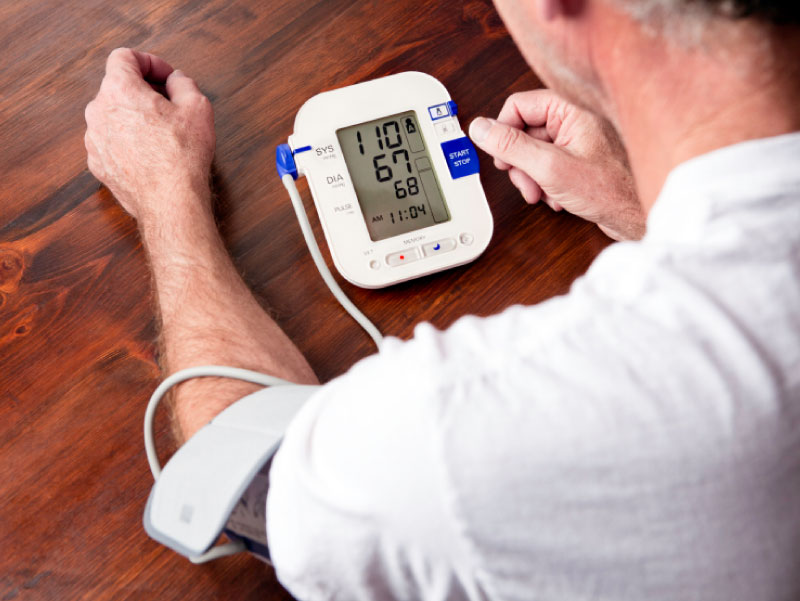


Monitoring through cardiac output monitor measuring stroke volume variation (most accurate, only in fully mechanically ventilated patients), internal jugular or subclavian central line (CVP – less reliable), urine output and clinically Option: ε-aminocaproic acid 4 g iv., followed by 1 g/h for a maximum of 72 h, up to 4 h prior to angiogram clonidine 0.03–0.12 mg/hĪneurysm repair through coiling or clipping

Goal: systolic 60 mmHg until aneurysm repairĭrugs: iv. Acute management and resuscitation goals of subarachnoid hemorrhage. The decision between surgical clipping and endovascular coiling should be made by a team of neurological, surgical and interventional cerebrovascular experts and should be based on clinical and radiological characteristics such as: clinical status of the patient anticipated surgical ease or difficulty based on anatomical location anatomy of the access vessels (tortuosity, extent of arteriosclerotic change) width of aneurysm neck in comparison with the dome and the parent artery (wide neck aneurysms are difficult to completely obliterate with coils, coils may migrate and be a source for emboli) and presence of an intracerebral hematoma with mass effect. The main concern about endovascular therapy is an increased rate of rebleeding after several years due to coil compaction and aneurysm regrowth at the residual neck (recurrent hemorrhage 7% after coiling vs 2% with clipping after 1 year). The risk of epilepsy is decreased with coiling after 1 year (14 vs 24%). At 1 year, death and dependency was 23.5% after coiling and 30.9% after clipping (absolute risk reduction of death and dependence at 1 year 7.4% with coiling), which may be attributed to decreased brain retraction injury or intraprocedural rebleeding with coiling compared with clipping.
#TARGET BP PRIOR TO OBLITERATION OF ANEURYSM TRIAL#
The ISAT trial enrolled 2134 good-grade patients with mostly small aneurysms (<10 mm) in the anterior circulation in a randomized fashion to undergo aneurysm clipping or coiling. The complication rate is up to 9% including perforation and cerebral ischemia. Obliteration of small-necked aneurysms is achieved in 80–90% of cases. With the introduction of Guglielmi Detachable Coils (Target Therapeutics, CA, USA soft thrombogenic detachable platinum coils) for endovascular therapy of aneurysms in 1991, coil embolization became an important alternative to craniotomy and aneurysm clipping.


 0 kommentar(er)
0 kommentar(er)
